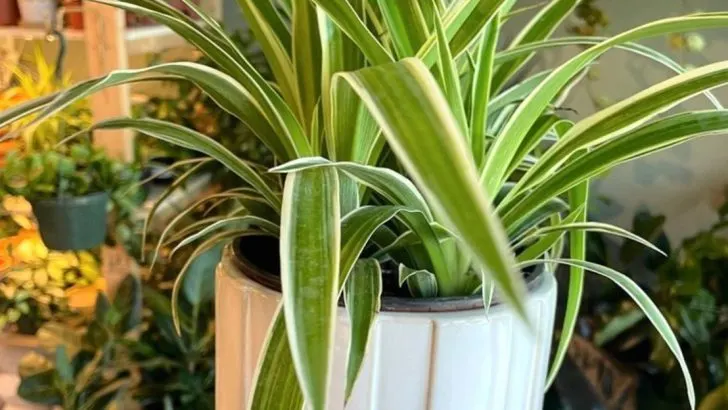I planted it in the perfect spot—good soil, ideal light, plenty of space. But still, it wilted. Tried again. Same result. It wasn’t disease or neglect. It was something harder to see.
Only when I moved it closer to other plants—tucked between companions, in shared shade and shared breeze—did it finally thrive. Not just survive, but reach upward with ease, as if it had been waiting for company all along.
This plant didn’t need more care. It needed connection. And it reminded me that some things, like growth, don’t happen in isolation—in the garden or in life.
Spider Plant
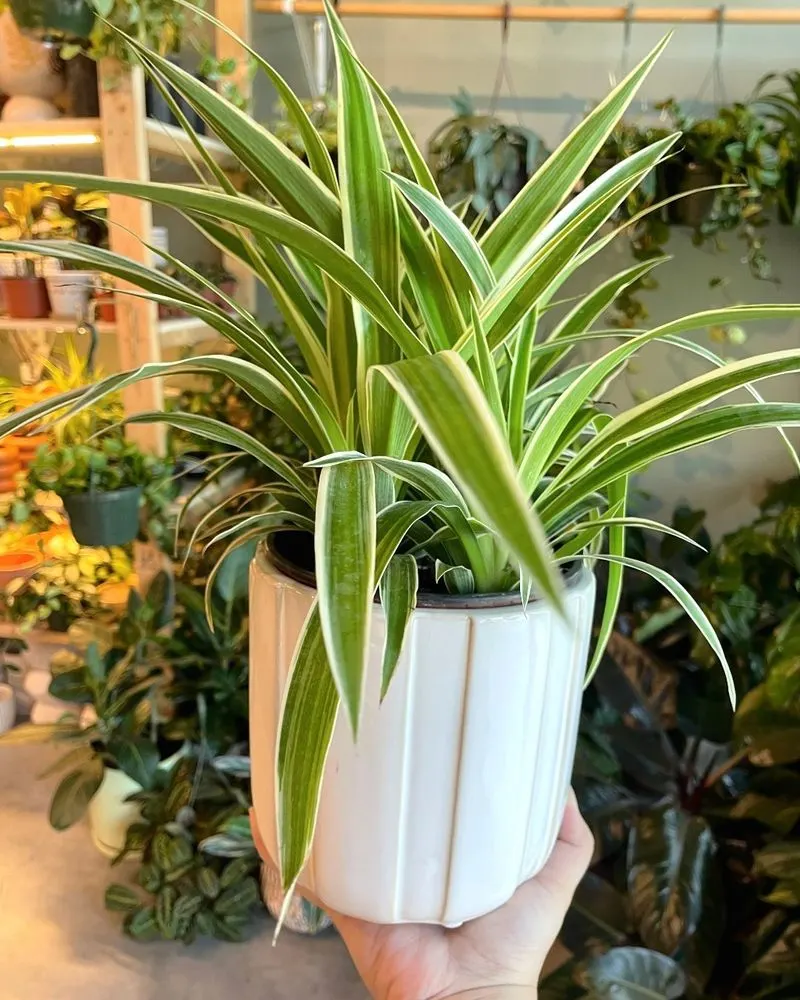
Surprisingly social, the spider plant thrives in company. This plant’s cascading leaves are not just decorative but signify its preference for a communal setup. When placed among others, it seems to flourish more vibrantly. A fun fact: spider plants produce little ‘babies’ which can be propagated to start new families. Creating a plant community with them is easy and rewarding. Not only does it purify the air, but it also brings a touch of life to any space. The spider plant reminds us that in nature, as in life, thriving often involves others.
English Ivy
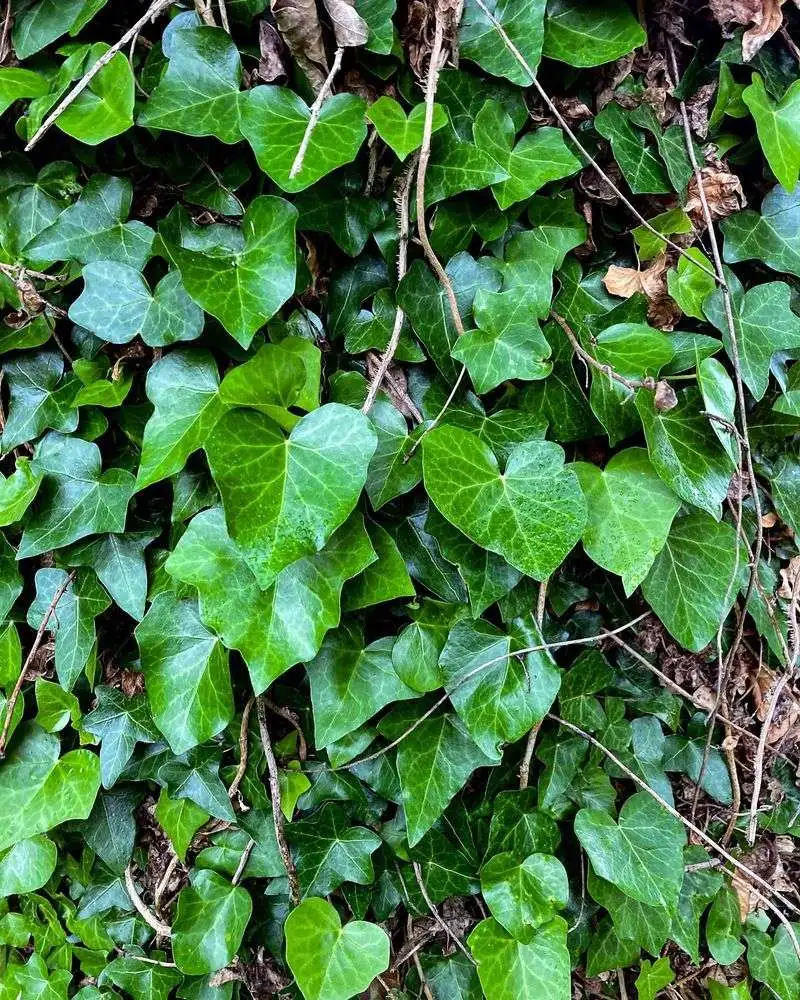
English Ivy is like the social butterfly of the plant world. Watch how it effortlessly intertwines, forming connections with its surroundings. Known for its resilience, it adapts well, fostering a sense of unity within its environment. English Ivy is more than just a pretty face; it’s a natural air purifier, making living spaces healthier. Its dedication to community living teaches us about the strength found in connections. Consider adding it to a mixed plant arrangement, and watch it weave a tapestry of green, symbolizing unity and growth.
Peace Lily
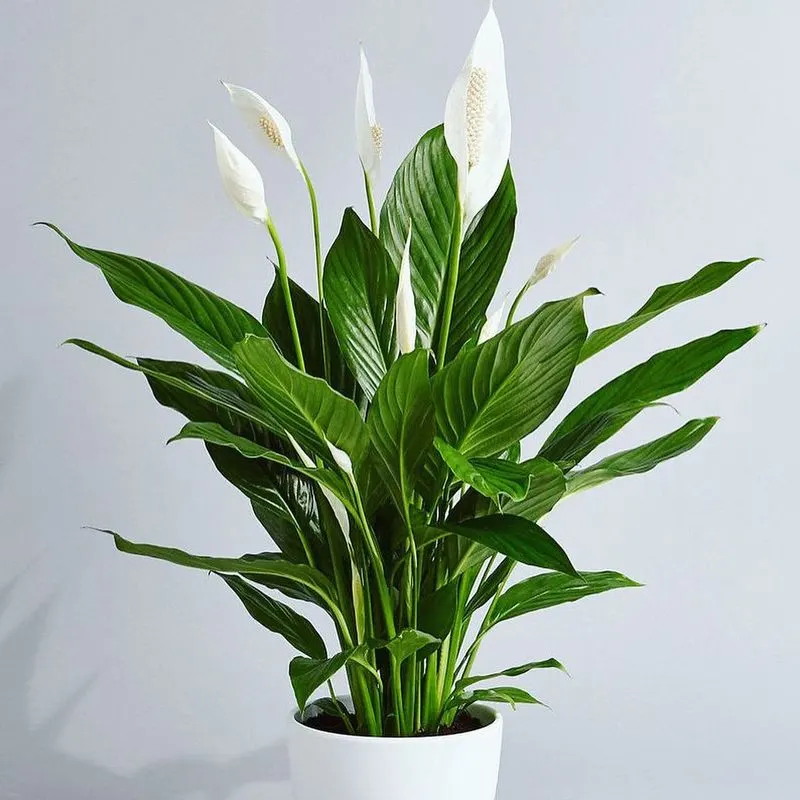
With its serene white blooms, the peace lily exudes tranquility. But it’s more than just a symbol of peace; it’s a team player in the plant world. Thriving best when surrounded by others, it enhances the aesthetic appeal of any collection. Known for its air-purifying qualities, it contributes to a healthier environment. Its presence in a group setting underscores the importance of harmony and cooperation. The peace lily, therefore, is a gentle reminder that peace and growth often come through collaboration and shared spaces.
Fiddle Leaf Fig

Standing tall and proud, the fiddle leaf fig has a commanding presence. Yet, it doesn’t overshadow its companions; instead, it benefits from their company. This plant symbolizes strength in unity, as its broad leaves thrive alongside others. Often seen as a statement piece, it’s a testament to the idea that even the strong can benefit from companionship. In a diverse plant collection, the fiddle leaf fig adds character while embracing the communal spirit. Its growth journey is a lesson in how standing together can enhance individual beauty.
Golden Pothos
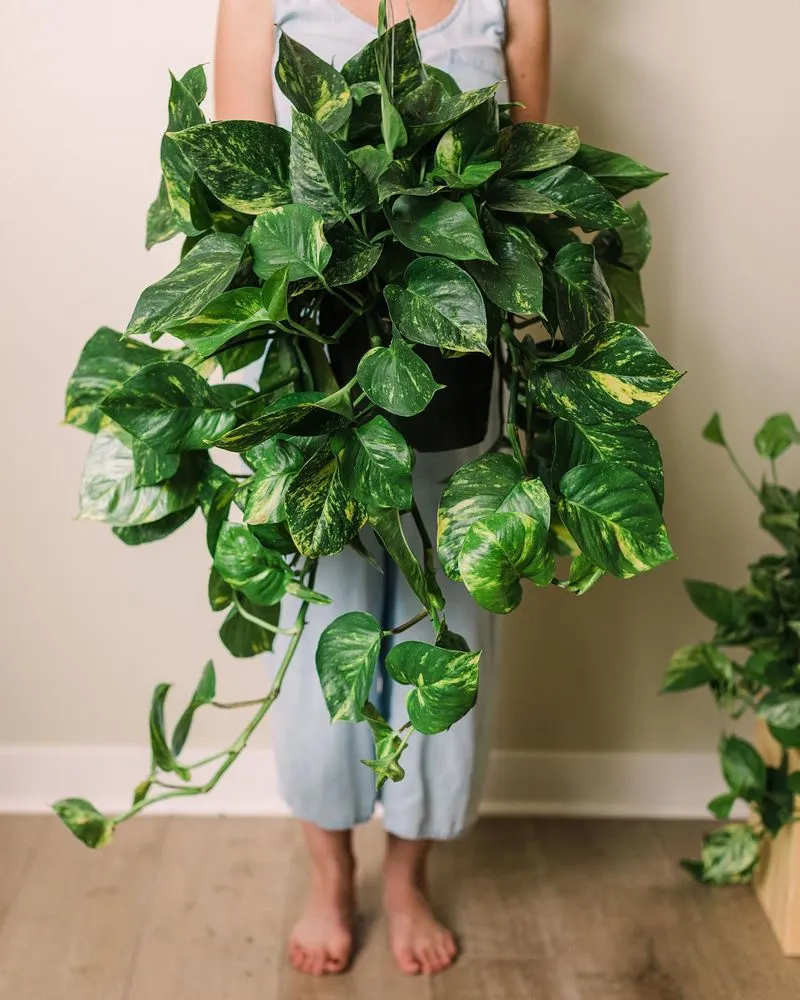
Golden Pothos is the epitome of effortless beauty. Its trailing vines are like golden threads weaving through a tapestry of greenery. This plant thrives in numbers, often seen adorning spaces alongside others. It’s a resilient companion, known for its air-purifying abilities. The golden pothos demonstrates how beauty can be enhanced through collaboration, with its vines intertwining with those of its neighbors. In its graceful sprawl, it teaches us the art of coexistence, where growth is enriched by the presence of others. A true testament to shared living.
Boston Fern

The Boston fern, with its elegant fronds, is a symbol of lush vitality. It thrives in shaded, humid environments, often alongside other moisture-loving plants. This fern is a testament to the beauty of diversity and the strength found in numbers. It’s not just a visual delight; it also contributes to air purification. Its presence in a garden or home corner, nestled among others, illustrates the power of collective growth. The Boston fern’s ability to flourish with companions highlights the joy of shared spaces, where every member adds value.
Snake Plant

Often seen as the ‘guardian’ of indoor plants, the snake plant is resilient and adaptive. It stands out with its upright leaves, yet thrives in the company of others. Known for its air-purifying prowess, it complements any plant collection. The snake plant’s ability to grow amidst various companions reflects its adaptable nature. This plant subtly teaches us about balance, where individuality and community coexist. Its presence in a room not only adds visual interest but also symbolizes the harmony of diverse elements working together for a common good.

